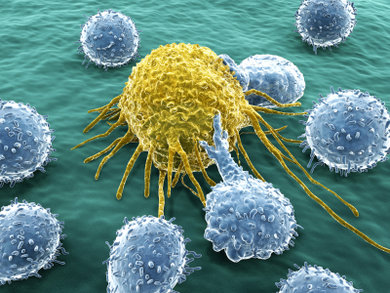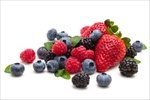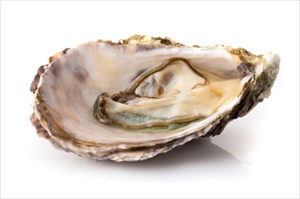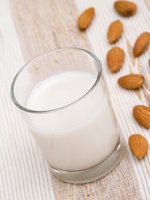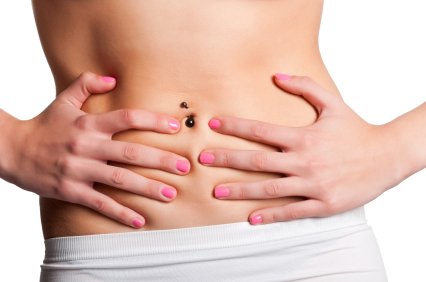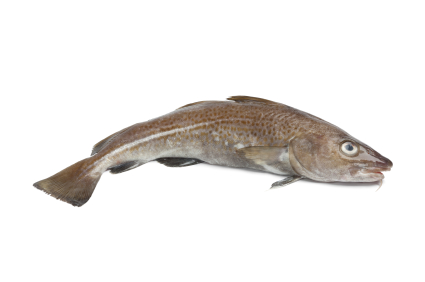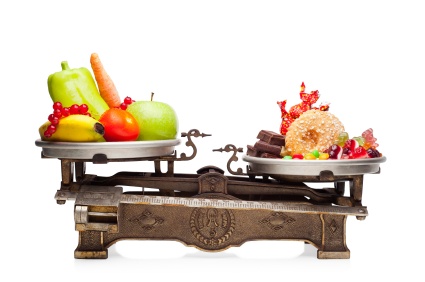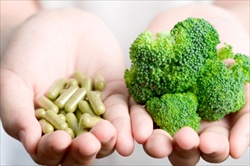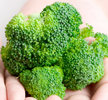Vitamin D Foods – Which Foods are Best To Boost your Vitamin D Levels
What vitamin D Foods are rich in Vitamin D?
It’s an important question because Vitamin D is a nutrient that researchers are increasingly recognizing as important for good health and disease prevention.
|
Cancer Fighting |
Cancer Nutrition |
Breast Cancer |
Lung Cancer |
Inflammation |
Antioxidants |
|
Vitamin C |
Zinc |
Calcium |
Vitamin D |
Magnesium |
Constipation |
Vitamin D not only prevents osteoporosis, but possibly lowers the risk of cancer, heart disease, depression and multiple sclerosis among other conditions.
See Benefits of Vitamin D for more details about how maintaining adequate levels can help your health and prevent illness.
Why we are often Vitamin D deficient and need Vitamin D Foods?
The problem is we often don’t get enough Vitamin D from the body’s main source – D synthesized from sunlight UVB rays absorbed via the skin.
When you think about it – this is no surprise.
Many of us live for much of the year at high latitudes with insufficient sunlight for long stretches of the year to produce enough Vitamin D on exposed skin. Northern Europe and countries like Canada and the northern US just don’t get enough or strong enough sun to produce D in the quantities researchers are discovering we need for good health. Our Vitamin D stores plummet in the winter and spring to unhealthy levels especially among the elderly whose ability to produce vitamin D decreases with age. In addition, many of us are sun phobic due to legitimate concerns about skin cancer; the result is we cover up or slather ourselves and our children with high SPF sunscreen. Those in hot sunny climes often live, shop, drive and work in air conditioning and seldom venture outside. Others get little exposure to sunlight for religious reasons that require women or men to cover most of their bodies.
Understandably many of us must rely on supplements and Vitamin D Foods for our Vitamin D intake.
As we saw in the Benefits of Vitamin D, supplements are a reliable and recommended source for meeting a significant portion of your vitamin D needs. Vitamin D foods can play a role in boosting your vitamin D stores as well.
The top Vitamin D foods – Seafood and cod liver oil
The top Vitamin D foods are animal products and include oily fish, beef liver, eggs, butter and cheese. Plant foods are not generally a good source of vitamin D. Some of the only plant foods to contain Vitamin D are mushrooms including button and shitake.
The number one Vitamin D food is cod liver oil – at 1,360 IU per tablespoon it provides a whopping 226% RDA in keeping with what many experts consider an optimal amount. 50 years ago, cod liver oil was a common supplement for children and adults and probably one of key preventatives, before widespread fortification of dairy products, of rickets the childhood vitamin D deficiency disease.
As an added plus, cod liver oil is a good source of anti-inflammatory Omega 3 oils, although generally not as good as fish oil supplements. Press here for more on the benefits of Omega 3s. Cod liver oil is also a good source of Vitamin A (retinol).
Vitamin D Foods - Cautions about cod liver oil
The 2 concerns with cod liver oil are that
- you may get too much Vitamin D or Vitamin A (retinol), another fat soluble vitamin, if you supplement too much or too often with cod liver oil;
- cod liver oil, unless it is properly prepared from relatively contaminant free fish, can have high mercury and PCB toxins. This is also the case for vitamin D rich oily fish like tuna and swordfish.
If you monitor your levels of cod liver oil and source a contaminant-free brand, cod liver oil can be a fabulous way to supplement Vitamin D via a natural food versus a supplement. Many consider some of the traditionally fermented cod liver oils as superior to other cod liver oils as well as Vitamin D supplements, because the fermented versions are lower in contaminants and contain additional enzymes and other cofactors that supplements don’t. Always buy a brand that can provide you with contaminant data for their products like Arctic Blue Ice by Green Pastures.
Boosting the Benefits of Vitamin D by Eating Vitamin D Foods
While sunlight is probably the most important source of Vitamin D, diet is significant. As we saw in Benefits of Vitamin D, widespread fortification of dairy products and other foods with modest amounts of D essentially eliminated the Vitamin D deficiency disease rickets. This supports the important role of food as a Vitamin D source.
Today with a growing medical consensus that we need higher vitamin D levels for optimal health than the RDA’s, Vitamin D foods including fortified foods can still play an important role in supplying us with the Vitamin D we need for good health.
|
For More Information about Vitamin D Foods and related issues on health, see the below….
Press here for details about the Benefits of Vitamin D including additional information about getting D from Vitamin D Foods.
Press here for more about the maximum safe levels of Vitamin D.
Press here for more on the benefits of Calcium, a mineral that needs Vitamin D for good absorption.
Press here for more about the benefits of Omega 3s and the role of fish oil and other fats in maintaining health.
Press her for infor about an anti-inflammatory diet.
Press here for information about the benefits of organic food.
Press here for more about anti-oxidants and orac values.
Press here for more on Cancer and Nutrition and the role vitamin D and other nutrients can play .
Press here for information about a Cancer Prevention Diet.
Press here for more about a Cancer Fighting Diet.
Press here for more about a Lung Cancer Diet.
Press here for more about a Breast Cancer Diet.
Press here for more timely news and information on health and nutrition in healthy diet blog.
Press here to return to Healthy-Diet-Healthy-You home.
